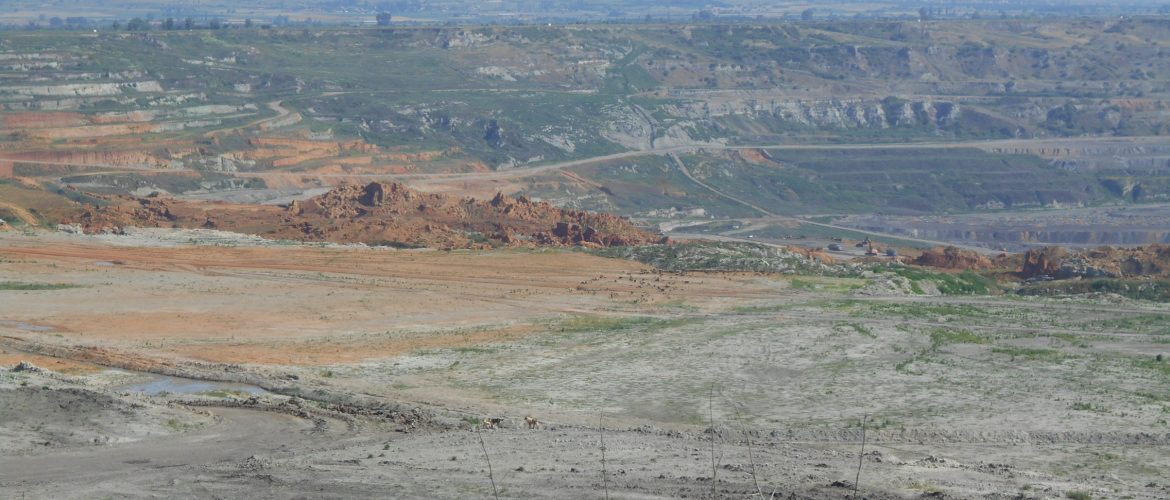Strategic Environmental Impact Assessments of the Special Urban Plans for the three main cores of the Greek Decarbonization Zones (Ptolemaida, Amyndeon and Megalopolis) have been brought to public consultation and The Green Tank raises a series of questions and concerns regarding their territories, the available resources for land restoration, as well as the proposed land uses.
Five years after the announcement of decarbonization, this is the first opportunity for public consultation on land use and its distribution by lignite region. This is a key issue for the transition to the post-lignite period, as it directly affects the possibility of developing new economic activities in lignite regions. In any case, a significant delay is already apparent, given that in April 2024 both the Strategic Environmental Assessments of the Special Urban Plans and the Regional Spatial Plans are still under consultation and the process of their insitution has not been completed, while Law 4956/2022 provides that the lands will be restored and assigned to Metavasi SA by the end of August 2025.
Comparing the data included in the most recent Decision on the Approval of Environmental Conditions (AEPO) of the mines with the data included in the Strategic Environmental Impact Assessments of the Special Urban Plan and the Law No. 4956/2022, which determined the transfer of lands from the Greek Public Power Corporation (PPC) to the State, significant differences were found in terms of total territories, without specifying whether these differences relate to lands where lignite activity is currently continuing.
Also, the issue of the public land that will be restored with the available resources remains unclear. According to the relevant ministerial decisions and the reports of Metavasi SA, these resources will not exceed €162 million for all 3 mines. In particular, it needs to be clarified whether or not they include the already restored lands of the PPC that will be transferred to the State (23,564 acres), or whether they concern only the undisturbed and unrestored lands, which according to Law No. 4956/2022 amount to 51,745 acres cumulatively for the three mines.
There are still questions about how the restoration resources will be allocated by activity. And while the Strategic Environmental Impact Assessments of the Special Urban Plans do not include the relevant information, the analysis of the Decisions on the Approval of Environmental Conditions of the three mines leads to the conclusion that 46% of the €162 million will be allocated for restoration of facilities and the removal of equipment related to the lignite activity, leaving only €87.3 million available for actual land restoration. It remains to be clarified whether this allocation is in fact the case, and the question arises as to whether the resources available are sufficient for land restoration.
Moreover, the future of the land currently used by PPC for lignite mining after the end of lignite activity – which PPC itself has officially set for 2026 – is blur. What is the exact extent of these lands? Will part of them be transferred to the State? If so, when, through which process and with what resources will the restoration of lands be carried out, and what will be their future land uses?
The Green Tank considers it important that these questions are answered in a transparent and responsible manner by the relevant authorities.
You can read the full comments submitted by The Green Tank here (in Greek).



















































































































































































































































































































